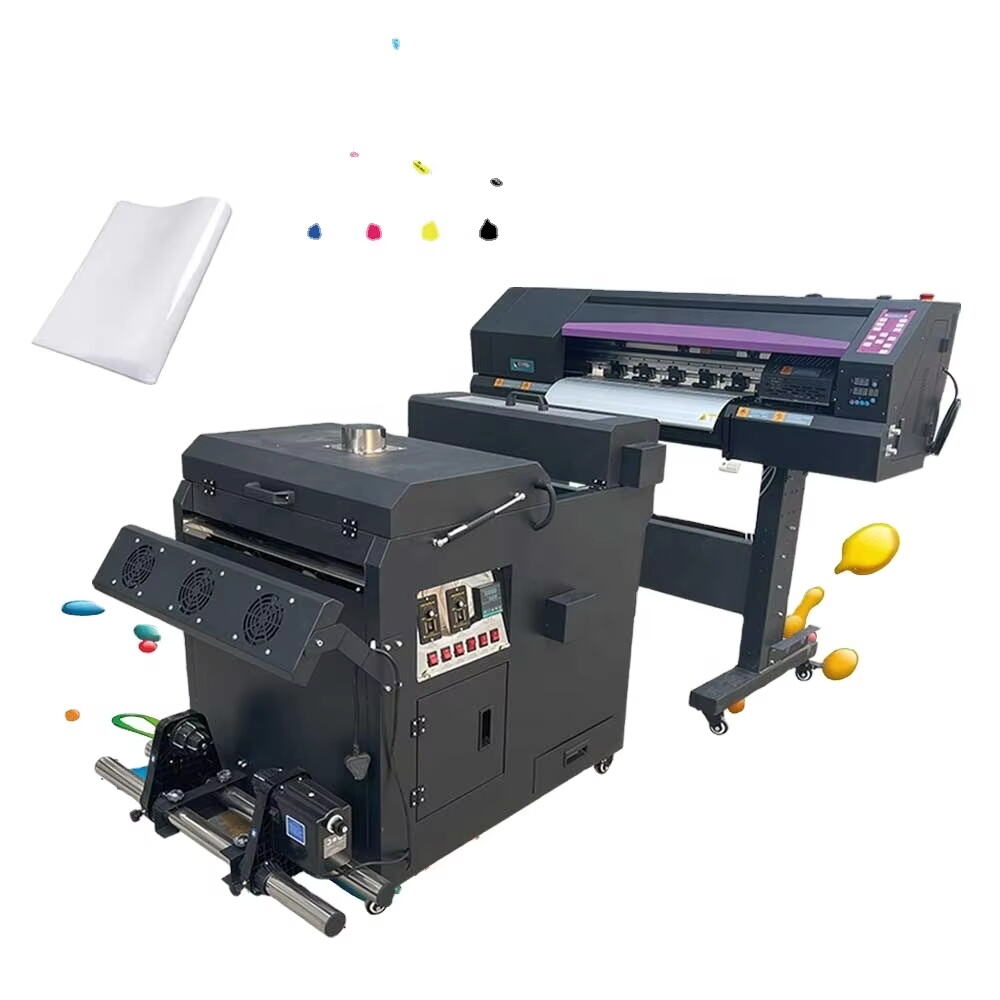screen printing exposure
Screen printing exposure units are essential equipment in the screen printing industry, serving as the cornerstone of high-quality print production. These sophisticated devices utilize specialized UV light sources to transfer designs onto emulsion-coated screens with precision and consistency. The exposure process involves placing artwork on the prepared screen and exposing it to controlled UV light, which hardens the emulsion in non-image areas while leaving image areas soft for washing out. Modern exposure units feature advanced timing systems, vacuum-sealed glass surfaces to ensure perfect contact between the artwork and screen, and adjustable light intensities to accommodate different emulsion types. These units come in various sizes to handle different screen dimensions, from small tabletop models for hobby use to large industrial units for commercial printing operations. The technology incorporates reflective surfaces and optimal light distribution systems to ensure even exposure across the entire screen surface, preventing under or over-exposure issues that could compromise print quality. Many contemporary models also include digital controls for precise exposure timing and built-in storage for frequently used settings, streamlining the production process for recurring jobs.


